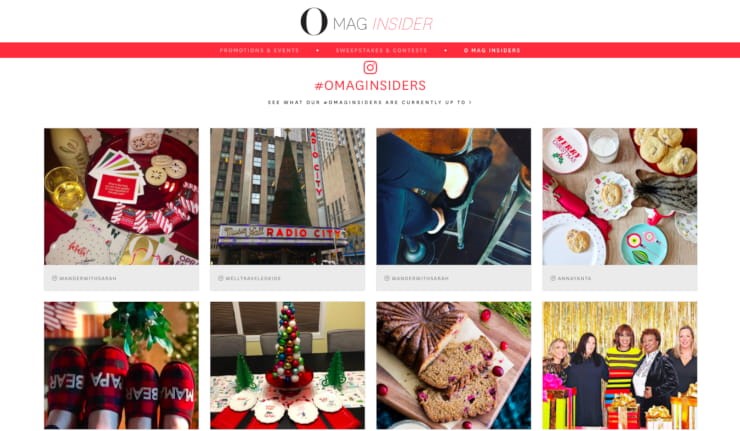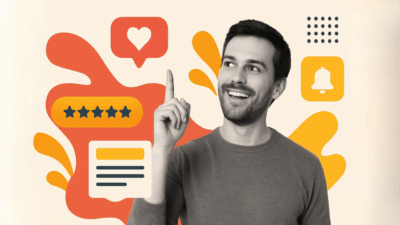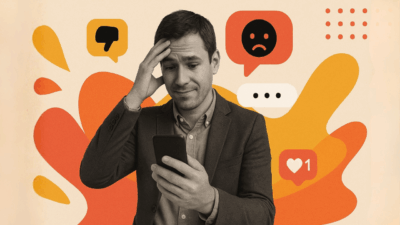Ask a marketer why they’re hosting an event. The answer you’ll likely get is, “we want to acquire new customers.”
And they’re not wrong — A 2021 EventTrack survey found that people are more likely to buy from a brand if they’ve attended one of its events. But customer acquisition is only one benefit of event marketing.
By hyper-focusing on attracting new customers, event marketers miss out on an untapped potential — brand advocacy, which is the real deal. When brand advocacy is done right, event attendees become more than customers — they turn into raving fans!
Read on to learn how to tap into the power of brand advocacy for your next event.
What is event marketing?
Event marketing means promoting your product or services through direct interactions with your (potential) customers. It helps you strengthen customer bonds, find new partners, garner leads, and more.
Marketing events typically fall into three categories:
- Physical marketing events involving in-person (face-to-face) interactions with customers.
- Virtual events are a cost-friendly alternative to in-person events. It is location-agnostic, which means people can attend from anywhere in the world.
- Product or service-led webinars — like Apple Events — where you explain how a new product, feature, or service works.
What is brand advocacy?

Brand advocacy is word-of-mouth marketing. It takes several forms:
- A customer shares their positive experience with your product or service on social media
- A sales representative promotes your brand to potential customers in online communities and in-person events.
- A client reviews and rates your product on third-party feedback websites
Brand advocacy boosts brand awareness. A great product or service doesn’t mean anything if no one knows about it. Your brand needs advocates, not just to create hype but to generate leads and help you win new customers.
How do brand advocates work?
Brand advocates proactively spread the word about their experience with your product or service. For example, they might leave a review on your website or drop a comment on social media when anyone asks questions about your brand.
More than sharing reviews, advocates also recommend your brand to people in their network. This helps you reach new customers and increase revenue without spending money on traditional advertising and marketing initiatives.
Three tips for driving brand advocacy with your event
With the right strategies, you can build hype around your event and use this to drive social advocacy.
1. Set up an event hashtag campaign
A hashtag campaign builds up anticipation for the event and allows you to engage with potential attendees early. People share content with the hashtag, allowing you to reach a more diverse audience.
Add your event hashtag to your registration confirmation email — with a digital flier that attendees can share on their social media pages. You can amplify the shared content by reposting it on your event pages and website. On D-Day, encourage attendees to share snippets of their learnings on social media using the hashtag.
An excellent example of an event hashtag campaign is SEMRUSh’s #GlobalMarketingDay. Speakers and attendees were already using the hashtag for organic promotions before the event. And during the event, attendees shared highlights from the different sessions with the same hashtag.
Join me next week for #GlobalMarketingDay as I share my thoughts on how to turn your customers into raving fans!
— Christina Garnett (@ThatChristinaG) February 10, 2023
Grab your free tickets now. https://t.co/SvFHWLxBEB pic.twitter.com/R0WrbXWlzV
2. Amplify conversations with micro-influencers
Involving micro-influencers is a big win because they are more authentic than macro-influencers. Authenticity is the currency for brands who want to succeed in a personalization-driven market.
Micro-influencers have built some degree of credibility with a small or medium-sized audience — usually less than 30,000 followers. They can drive meaningful engagement and make your event go viral in their niche communities.
You can find these influencers on marketplaces like Grin and Creator.co. Alternatively, collaborate with people leading industry conversations on social media, and ask them to promote your event.
3. Curate a social wall

A social media wall for events displays all the owned and shared event content. It’s a smart way to boost audience engagement during and after your event.
Here’s how it works:
Your audience and promotion team share user-generated content related to your event with the hashtag. A social media aggregator like Juicer creates a central content feed. You can embed this feed into your website so everyone can find your event content in one place. Or display Juicer’s social wall on a physical screen in the event hall.
Related: How to choose the best social wall for your event
Wrapping up: Brand advocacy goes beyond your event
Brand advocacy doesn’t end with the event. Here are a few tips for sustaining the hype and conversations beyond your event:
- Keep your event social media wall up for a few weeks, so people can keep engaging with your content
- Share the event recording with participants
- Repurpose the event content into different formats and distribute them.
See how Juicer helps businesses and individuals to market their events.




